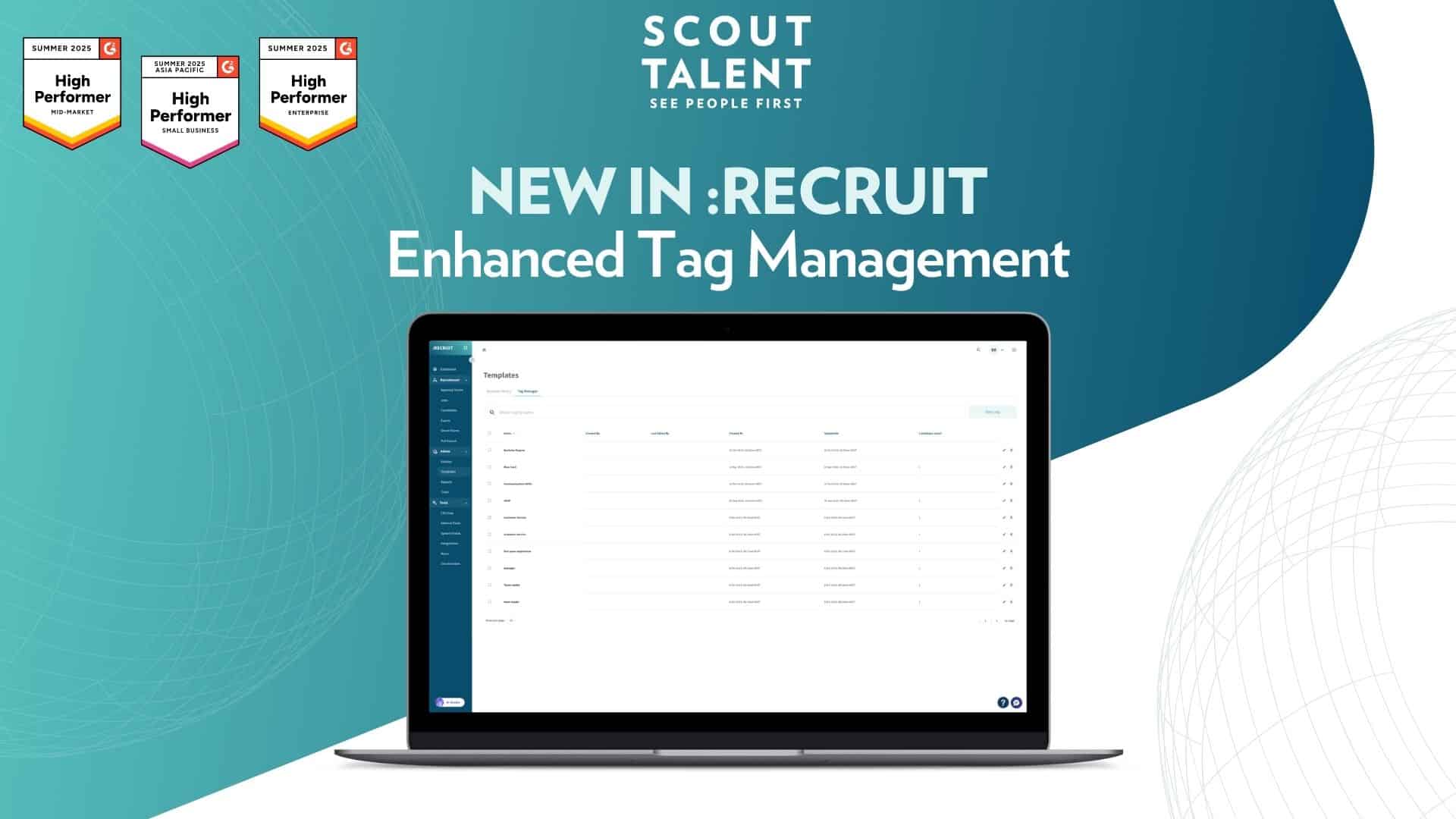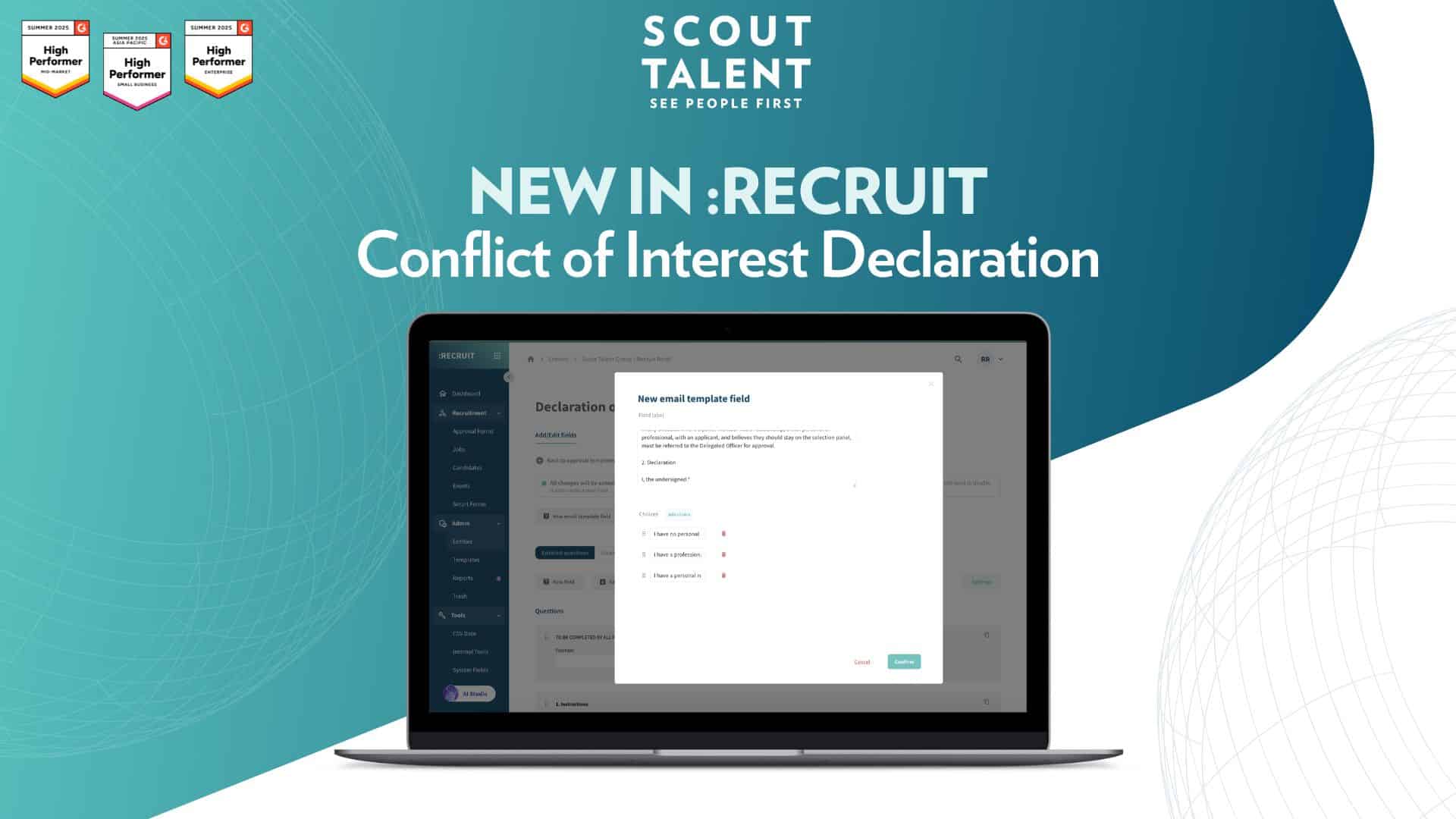This post is written by our Recruitment Marketing Senior Leader, Shane Keane.
When we talk about candidate experience and what candidates want it’s very easy to get overwhelmed. I can imagine that if I walked into a new job and my only responsibility was to manage candidate experience I would very rapidly be overwhelmed. I could imagine I’d fall down a rabbit hole of trying to find data on what candidates were looking for and then subsequently biting off way more than I could chew as I tried to fix every candidate issue I encountered.
You got this
If that’s kind of where your brain goes when you start to think about tackling candidate attraction then I fully understand. But take a deep breath and a step back. You don’t need to launch into a huge project of work to find out what candidates want for two key reasons.
- The first key reason and thing to remember is that you yourself were once an applicant and you may well be again. If you’ve ever had a really bad day at work and thought about applying for new jobs but then immediately procrastinated the task then you already know on some level why candidates are frustrated. You’ve experienced it, you just need to lean into those experiences.
- The second reason you don’t need to launch into a big project of finding out what candidates want is that we’ve already done that research for you. Last year we surveyed 10,000 of our recent applicants to find out areas we could improve our candidate experience.
Where to start
Based on results from our recent candidate experience survey, there were a lot of pain points people expressed about the recruitment machine, but the recurring issues fell under communication and feedback.
In terms of communication, candidates were highly frustrated when they submitted an application and never heard from the hiring manager or organisation that had advertised the role after that. Many described it as taking the time to work on an application only to throw it into a void.
In terms of feedback, there’s a lot of overlap here with communication, but mainly candidates were frustrated in never receiving feedback after an interview as to why they were passed over for a role. It’s not that they didn’t agree with the feedback, it’s that they just never got any.
How to combat these issues
The best way to combat these issues and overall give your candidates a much more positive experience is to make use of an Applicant Tracking System. Preferably one like our internal ATS called Scout Talent:Recruit, that will help you proactively reach out to candidates at each point in their recruitment journey with you.
You essentially want a system that gives you the benefits of automation without ever making your candidates feel like they’re part of a machine. One thing to watch out for when selecting an ATS partner is Applicant Tracking Systems that require a candidate to create an account before they can submit an application. Nothing is more infuriating then asking a candidate to login and create an account with you as part of the recruitment process. The vast majority of candidates just won’t do it and those that do will most definitely be annoyed about it.
Using your Applicant Tracking System correctly
The first thing you’ll want to use your Applicant Tracking System for is managing candidate expectations.
As soon as candidates apply for a role your applicant tracking system should be sending them an automated message to thank them for their application at a bare minimum. Candidates took the time to apply and no matter who they are that should be acknowledged.
You should also use this message to manage some candidate expectations, you probably don’t know exactly when you’re next going to reach out to the people who apply for your roles but as long as you have an average timeframe that is actually reasonable, you can give that to your candidates in this message so they’re not wondering after a week why they’ve not heard from you.
Finally, this message should link back to a manned inbox or have a contact number included that you encourage your applicants to reach out to if they have any questions or if they haven’t heard from you within the allocated amount of time. Make it clear to your candidates that you’re excited about their application and you want to know more about them.
Talent pooling
Your next port of call is using your applicant tracking system to label your candidate pool as your candidates move through your recruitment process.
You’re going to want templates ready to go for every point in this process so that you’re constantly using your applicant tracking system’s automation in order to give your candidates an experience that feels unique to them and makes them actually feel like they’re an applicant and that they themselves are respected by you and your organisation.
For instance, when you decide you’re no longer proceeding with a candidate if they’re in the early stages of your process, your ATS should send them an email thanking them for their time and releasing them from the recruitment process. If they’re in a later phase of your recruitment process, your ATS should readily have their contact details available so that you can call them and give them the personal touch they deserve as you release them from the process.
Equally, every time you move a candidate further along in the process your ATS should be drip-feeding them information, giving them the opportunity to choose times for an interview, and telling them how best to prepare.
Be mindful of your reputation
Candidate experience has a large impact on your ongoing recruitment.
A continuous negative experience, and just to be clear a lack of communication or feedback is a negative experience, will have a long term impact on how successfully you recruit.
If you get a reputation for never responding to candidates, that is going to be the story online that surrounds your recruitment efforts. Pretty soon you’ll see your candidate pools reduce in size and you’ll find yourself needing to lean deeper and deeper into passive markets and headhunting in order to attract a qualified candidate. Far from ideal for any organisation that’s hunting critical talent.
Worse still, surveys suggest that 10% of individuals who have a negative recruitment experience with an organisation will likely not purchase or procure that organisations’ services again and will likely tell their friends and family to do the same. I know myself that when I see a certain logo while walking around downtown Vancouver the first thing I think of is an awful interview I had with the associated organisation.
Candidate experience is a tricky business and it can be hard to tackle when looking at it as a whole. So treat it as much smaller bite-sized projects and lean on your ATS to create touchpoints and moments of joy with your candidates.
I guarantee that your ongoing recruitment efforts and your hunt for top talent will improve with each small step you take towards candidate care and creating a good candidate experience.
If you’re currently struggling with any aspect of what we discussed in this article, please reach out to us at info@scouttalent.com.au or call us on 1300 366 573
If you enjoyed this content and would like to receive our monthly recruitment news emails, simply fill out the form below.



